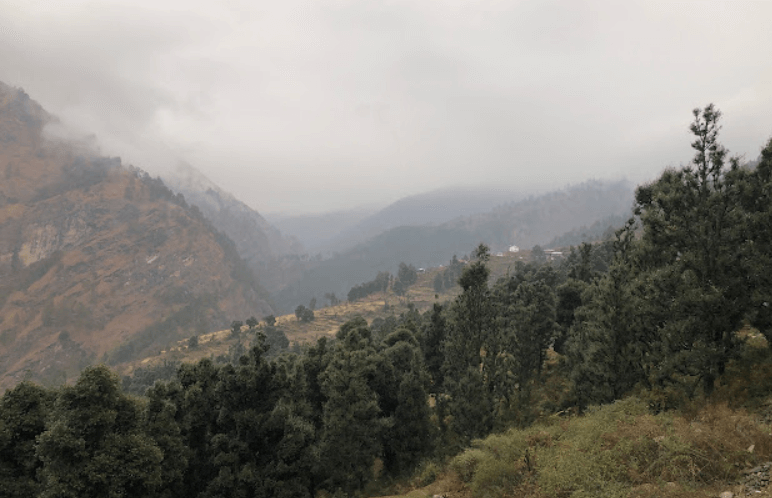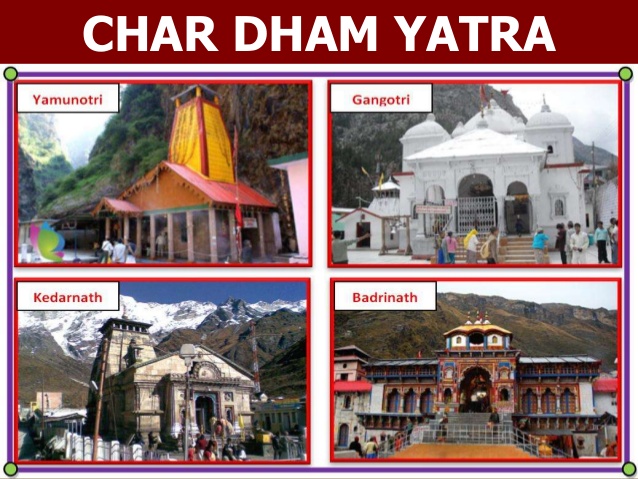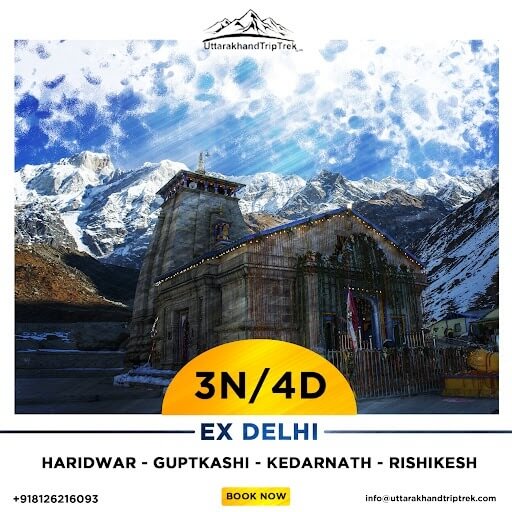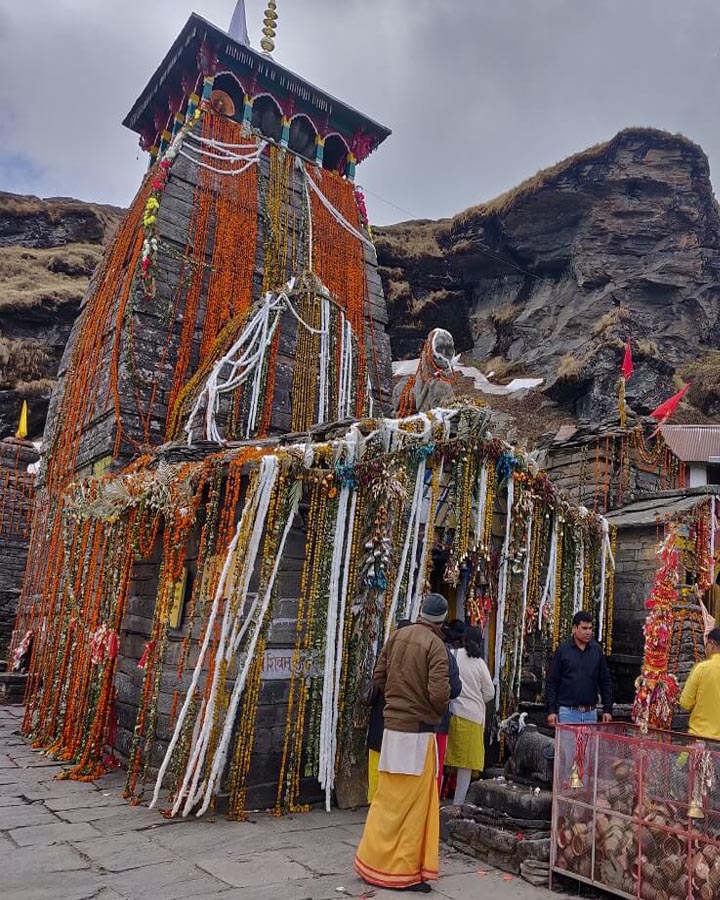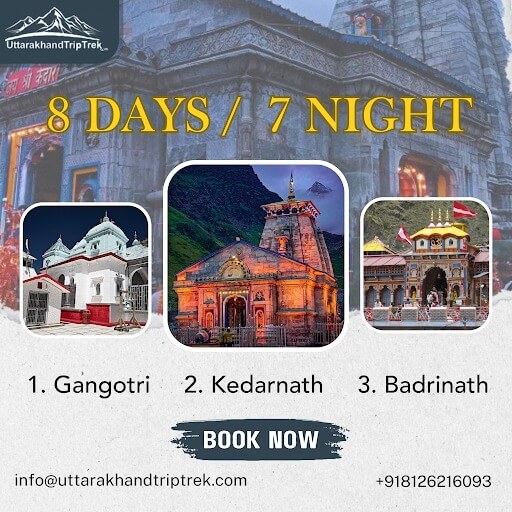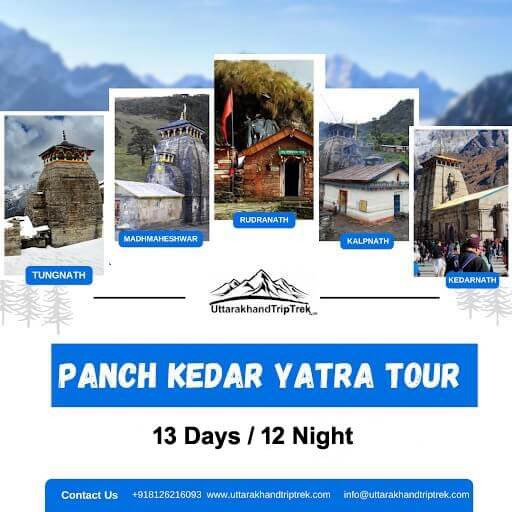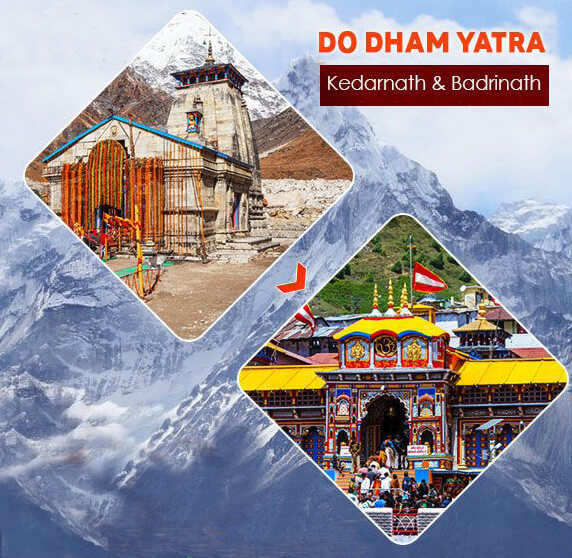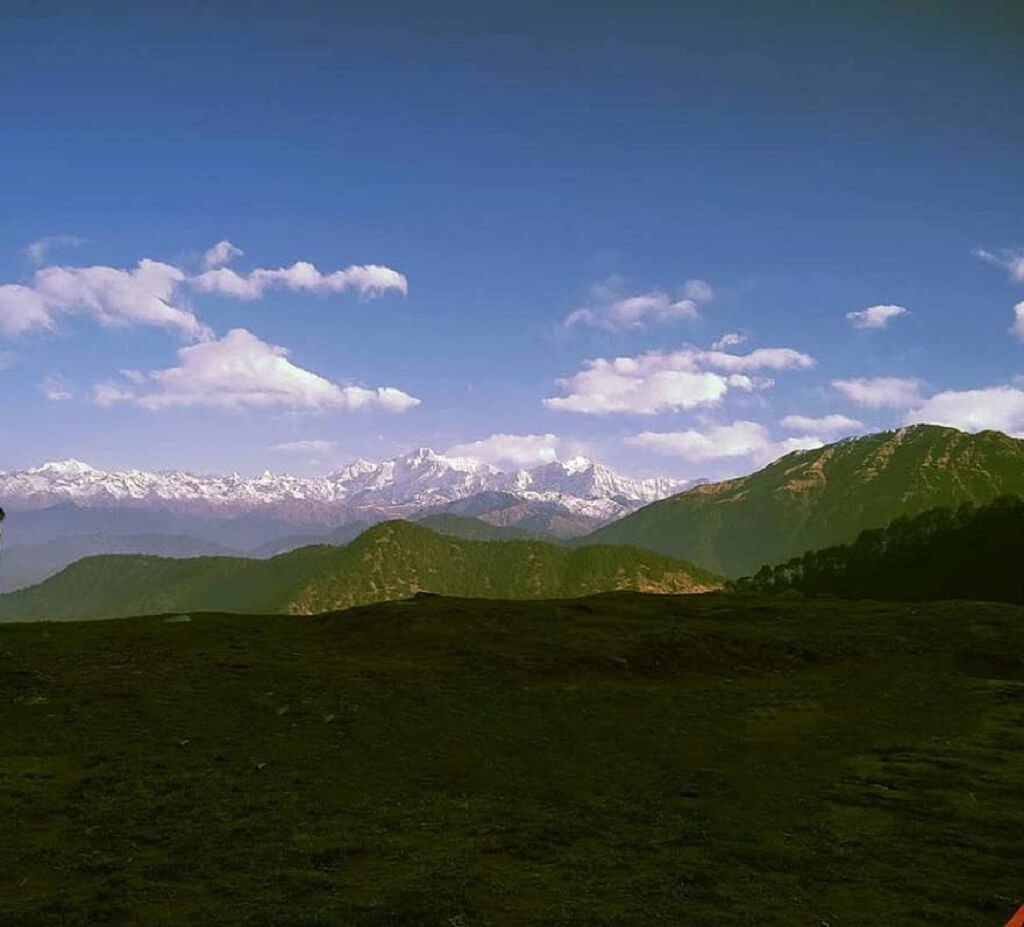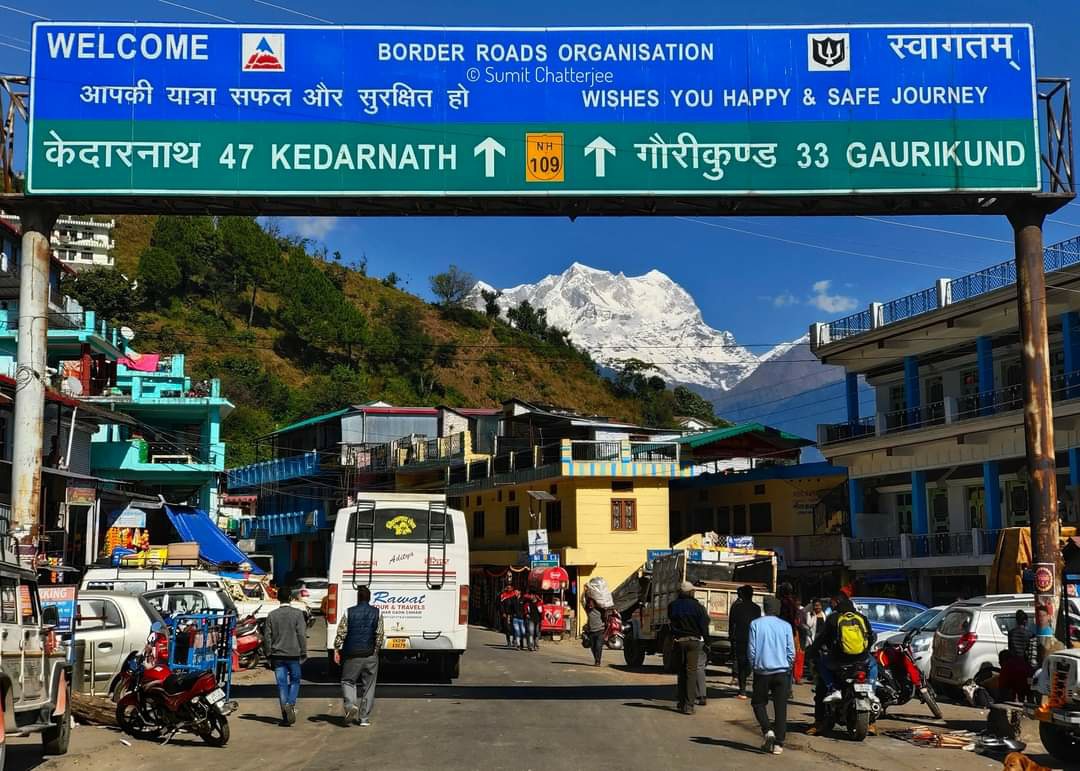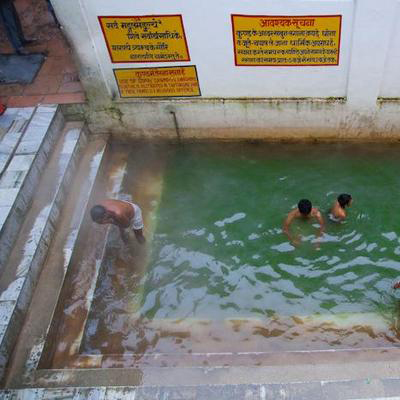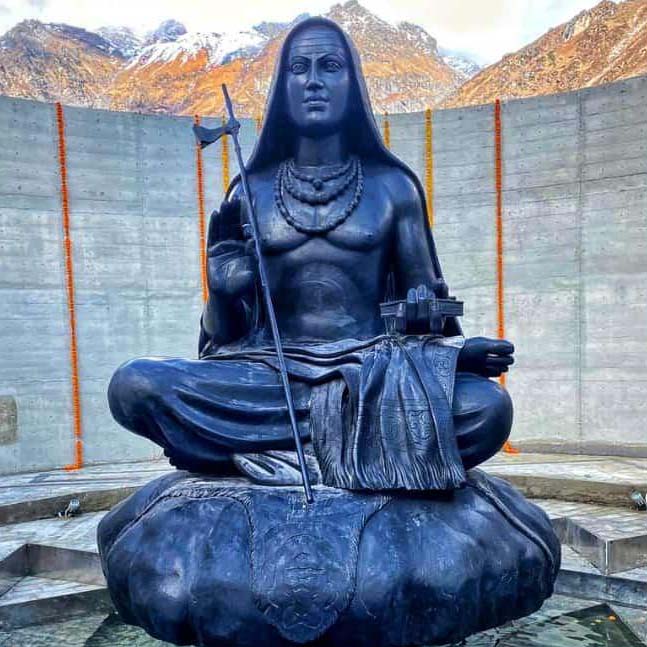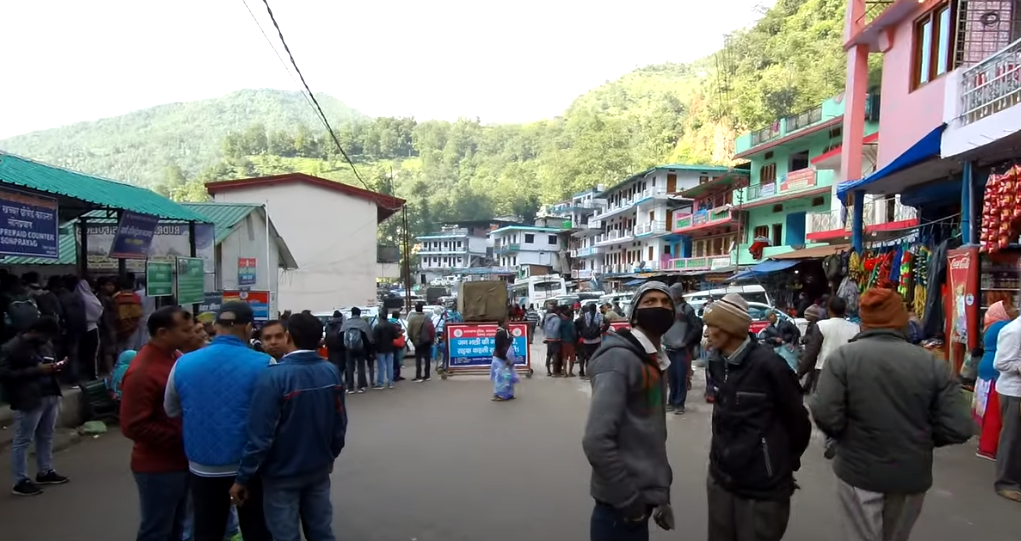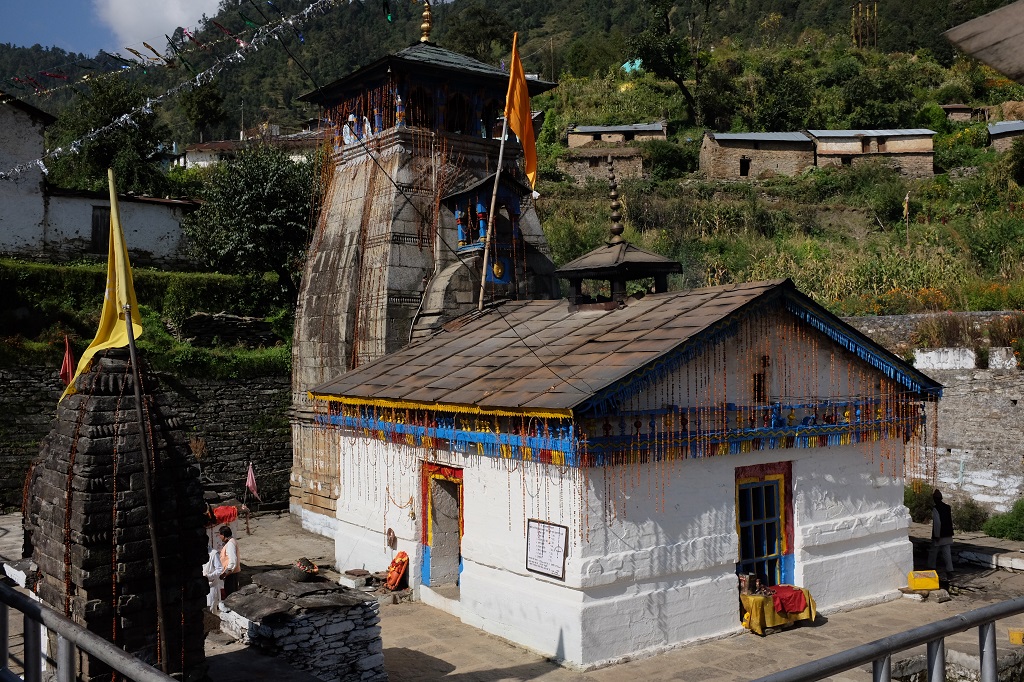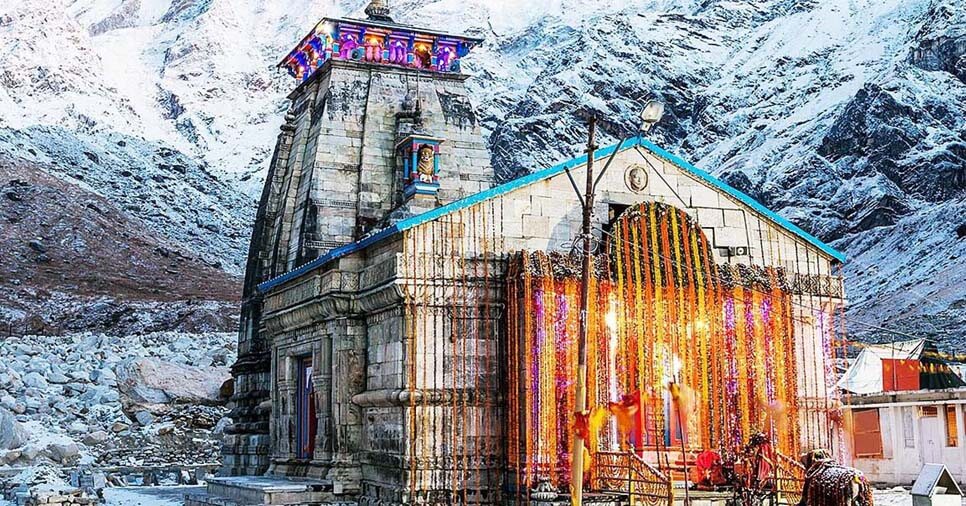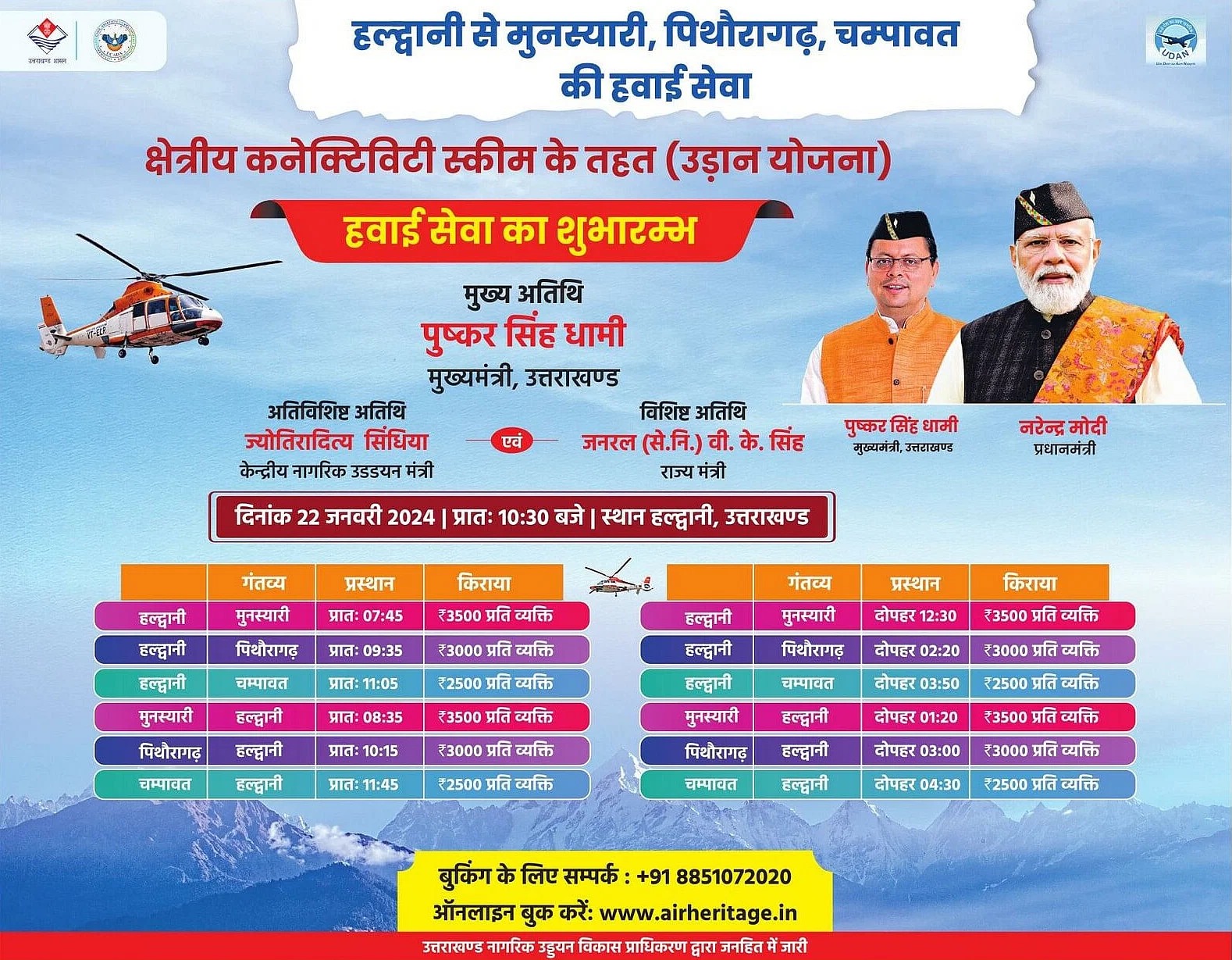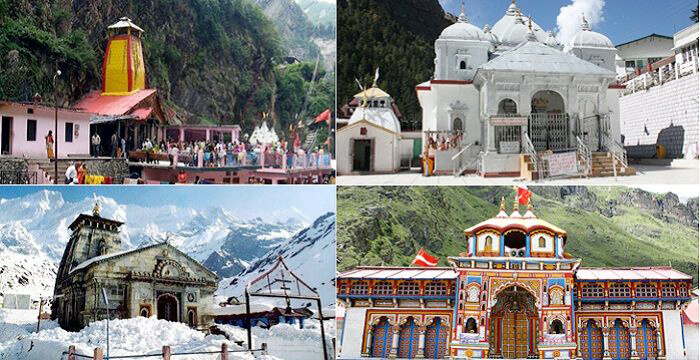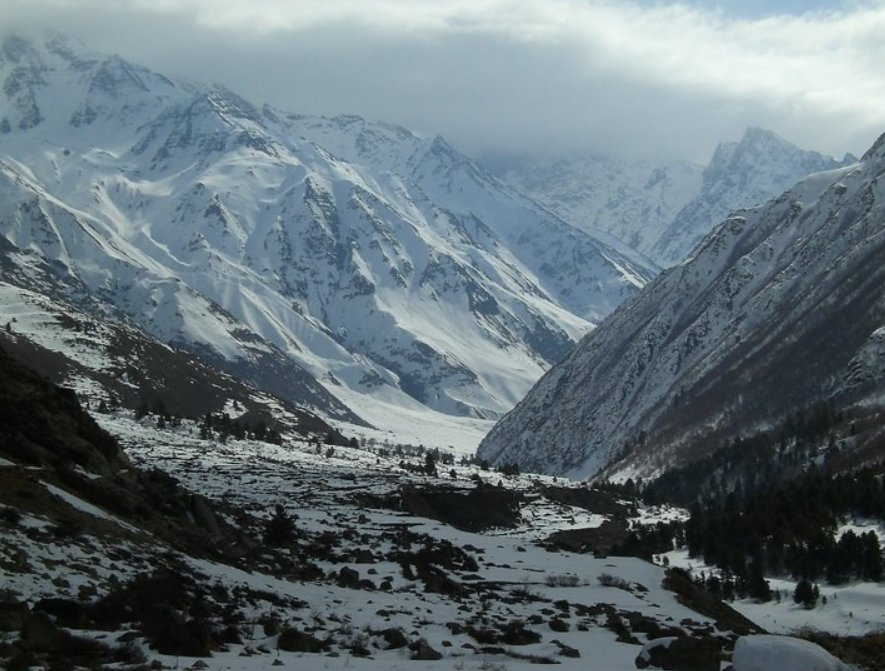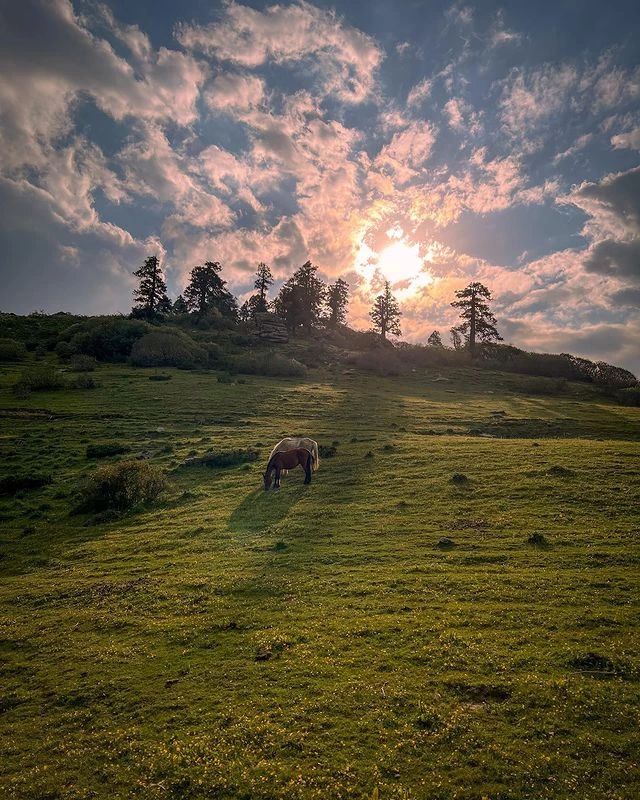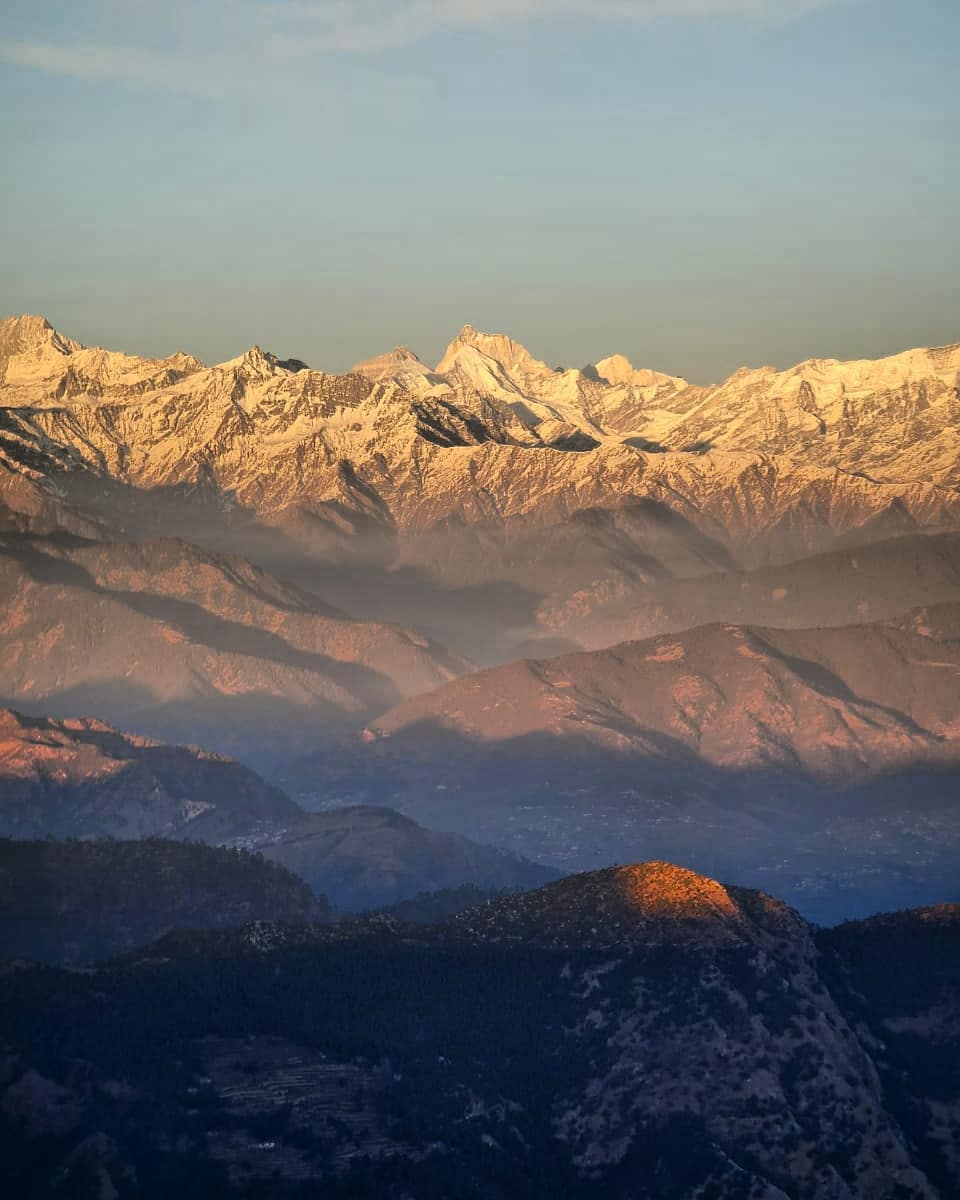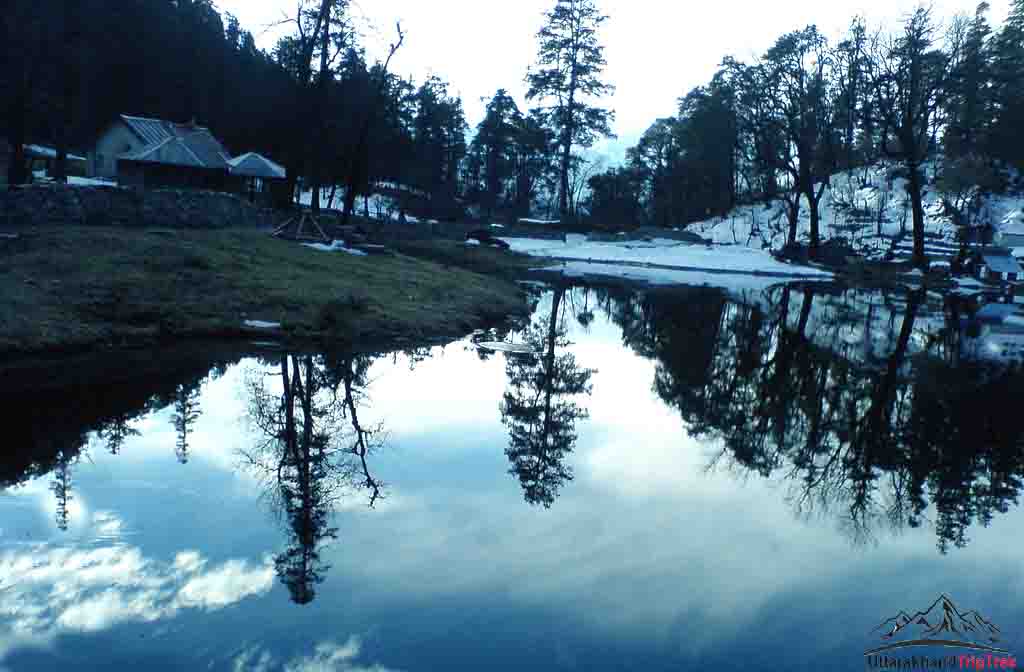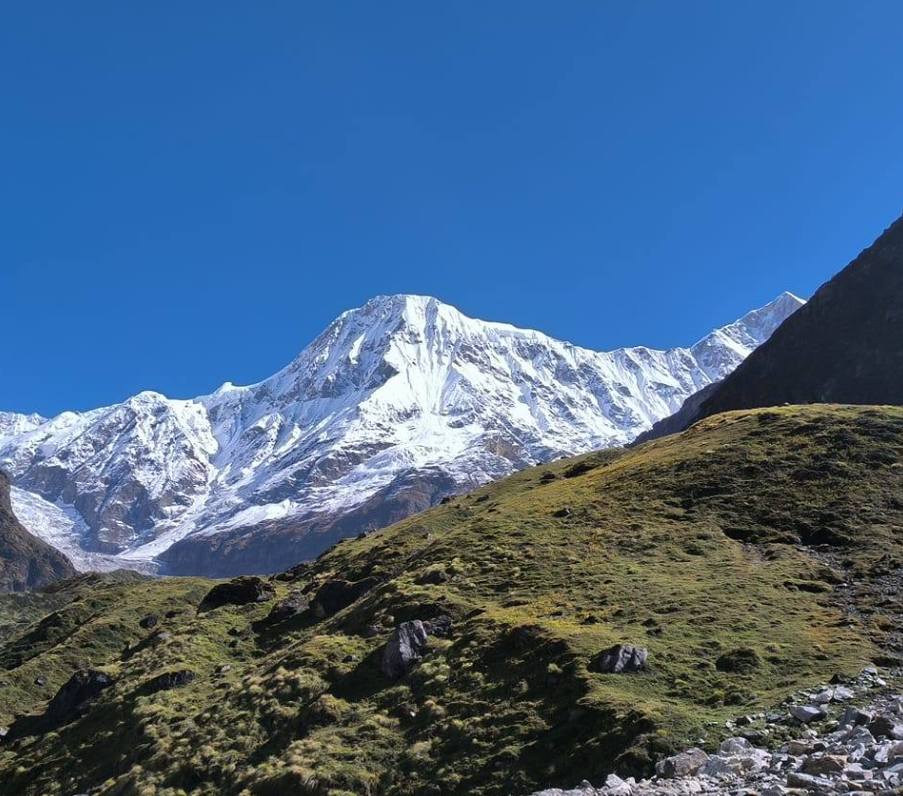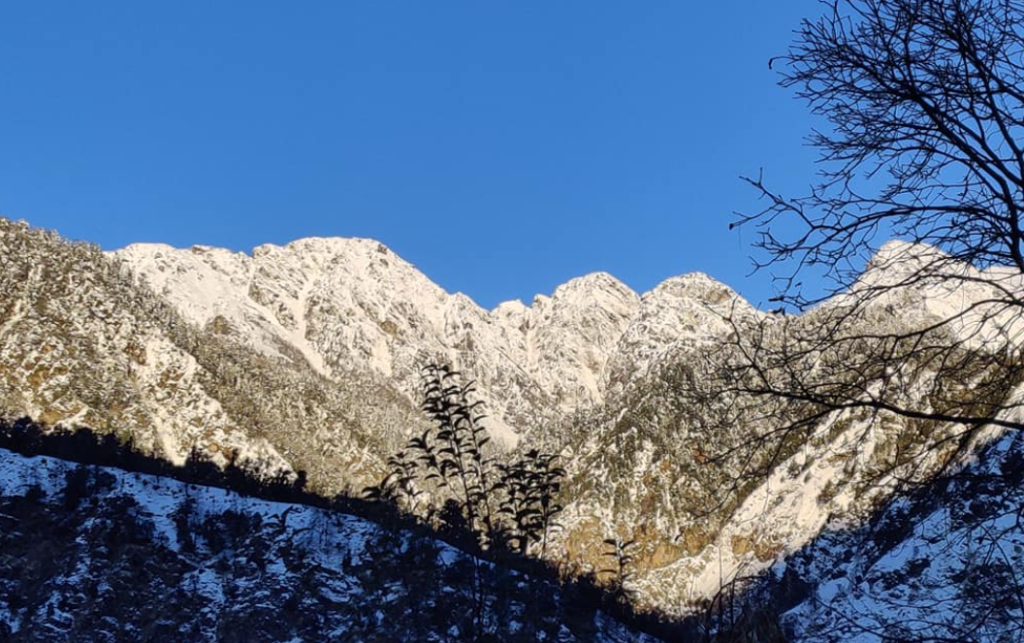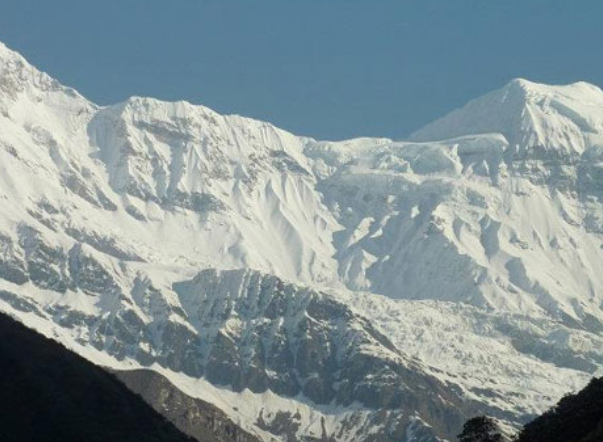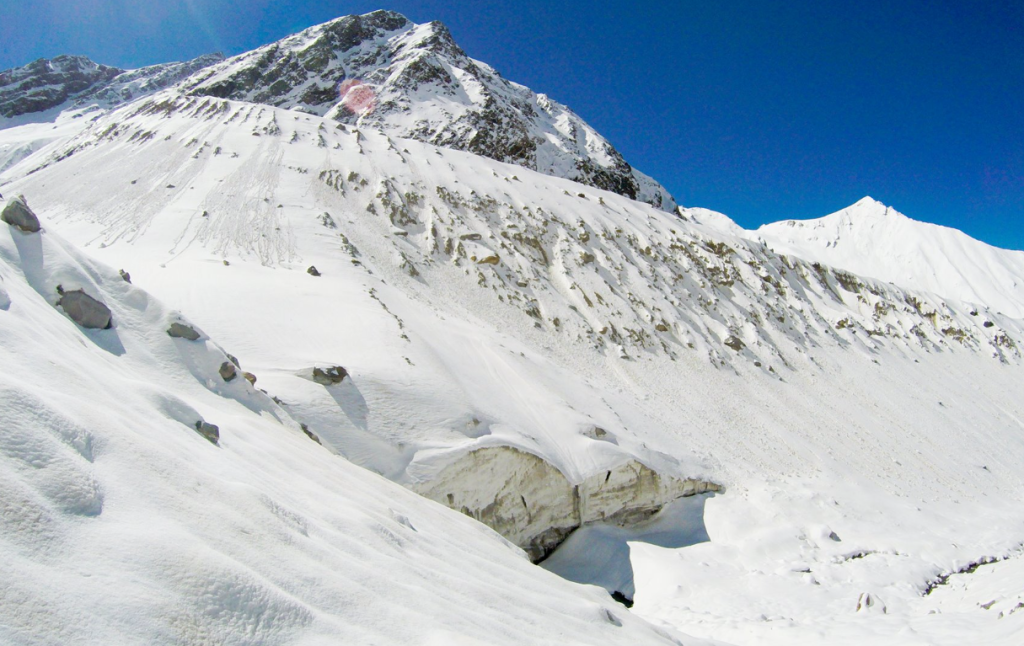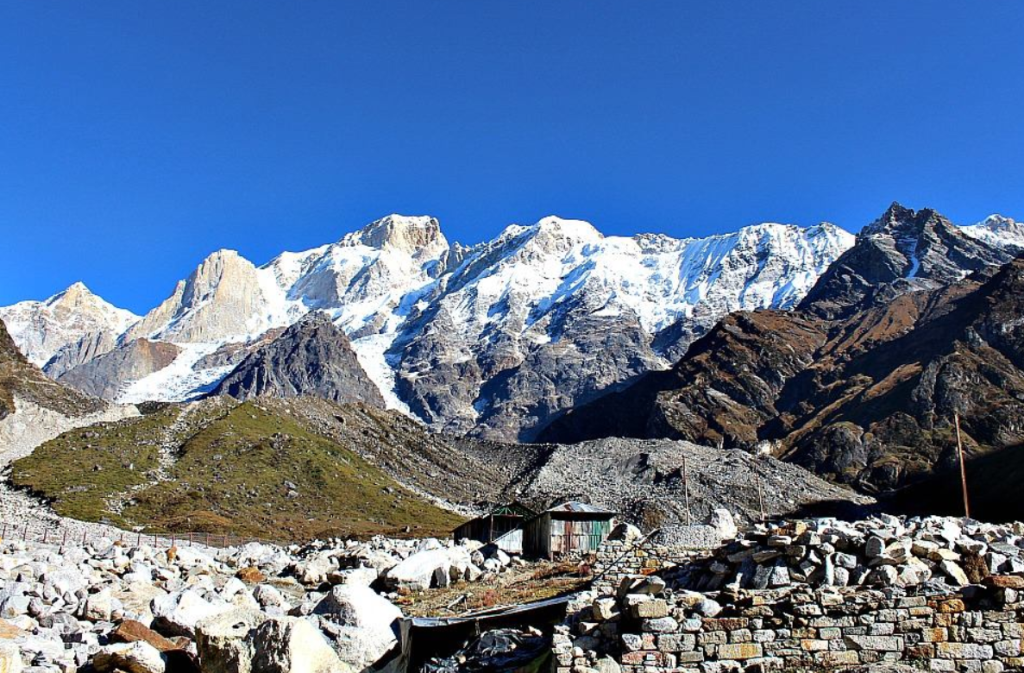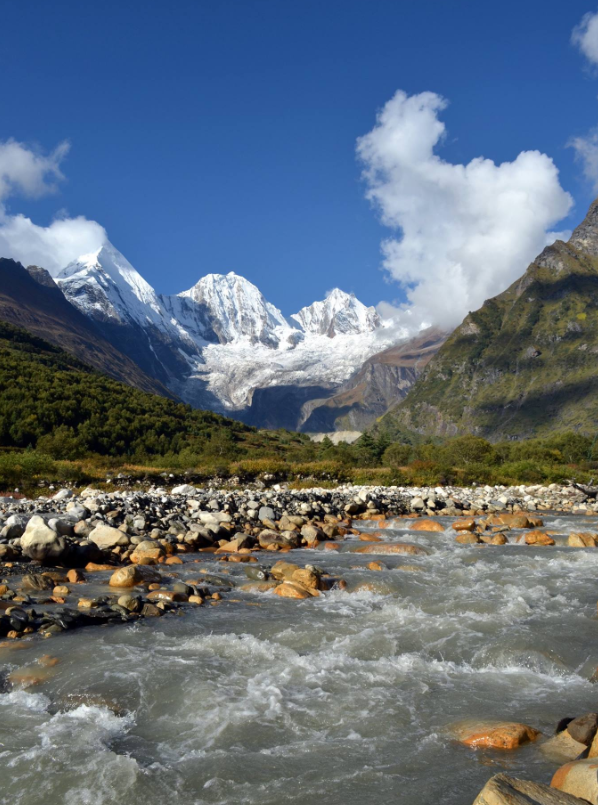Kedarnath Temple Opening & Closing Date 2024
Kedarnath Temple has a long ceremonial puja at the time of opening of Kedarnath shrine. Main Pujari Rawal of Kedarnath first takes blessing and view of lingam after opening of Kedarnath temple.
| Kedarnath Opening Date 2024 | Kedarnath Closing Date 2024 |
|---|---|
| 10 May 2024 at 2024 | 03 Nov 2024 |
Kedarnath Temple Aarti Timings
Kedarnath Temple aarti timings:- In the morning, daily aarti starts at 4:00 AM with Maha Abhishek all the pooja rituals continue throughout the day. And ends at 7:00 PM in the evening with Shayan aarti. However, the temple opens at 6:00 Am for dharshanarthi and closes at 7:00 PM. Whereas, in the afternoon mandir closes for dharshanarthi for 2 hours from 3:00 PM to 5:00 PM
Kedarnath Temple Pooja Opening and Closing Timings
The Kedarnath Temple is open for visits at times set by Rawal and the committee. Remember, the temple closes from 3 pm to 5 pm, so make sure you get there before 3 pm if you want to touch the idol and use Ghee for Abhishek. After 5 pm, you can’t touch the idol anymore, but you can still see it from afar. At that time, the idol is dressed up like an Emperor
How to Register for Chardham Yatra in 2024
How To Reach Sankri
Sankri is a picturesque village located in the Uttarkashi district of the Indian state of Uttarakhand. It serves as a…
Char Dham Yatra Registrations 2024
How to Register, Benefits, and Online Registration Process Planning to embark on the sacred Char Dham Yatra in 2023? This divine…
Char Dham Yatra 2024 Guidelines
How To Reach Sankri
Sankri is a picturesque village located in the Uttarkashi district of the Indian state of Uttarakhand. It serves as a…
Char Dham Yatra 2024 Guidelines
More InfoChar Dham yatra Package :: Panch Kedar Yatra :: Adi Kailash Yatra We will provide the latest information on travel guidelines, registration procedures, general…
Char Dham Yatra Package
FAQs on Kedarnath Temple Opening Date 2024
What special rituals occur during the opening of the Kedarnath Temple?
During the temple’s opening, a long ceremonial Puja is conducted. The Main Pujari, Rawal, is the first to receive blessings and view the Lingam after the temple’s doors open.
Can I touch the idol during my visit to Kedarnath Temple?
Yes, visitors can touch the idol and perform Abhishek with Ghee before 3:00 PM. After 5:00 PM, touching the idol is not permitted, but Darshan from a distance is allowed.
What are the opening and closing dates of Kedarnath Temple in 2024?
The Kedarnath Temple will open on May 10, 2024, and close on November 3, 2024.
Are there any specific times when the temple is closed to visitors?
Apart from the annual closing date, the temple is closed daily for Darshan from 3:00 PM to 5:00 PM.
What should I know about the darshan timings at Kedarnath Temple?
Darshan timings are typically from the temple’s opening at dawn until it closes in the evening. Note that the temple closes from 3 PM to 5 PM daily, and specific rituals allow for touching the idol and performing Abhishek with Ghee before 3 PM. After 5 PM, darshan is allowed from a distance without touching the idol.
What is the best time to visit Kedarnath Temple?
The best time to visit Kedarnath Temple is shortly after it opens in May until it closes in November, keeping in mind the monsoon season from July to August, which may affect travel plans.
Places to Visit During Kedarnath Yatra
How To Reach Sankri
Sankri is a picturesque village located in the Uttarkashi district of the Indian state of Uttarakhand. It serves as a
Shankaracharya Samadhi
Overview Location In Kedarnath Dham Behind Kedarnath temple Distance From
Sonprayag :- Gateway to Spiritual Splendor
Char Dham Yatra Do Dham Yatra Kedarnath Yatra Panch Kedar Yatra Adi
Triyuginarayan Temple
Wedding Destination of Lord Shiva Nestled in Uttarakhand’s serene hills, Triyuginarayan Temple is a sacred Hindu site steeped in mythology. Believed

